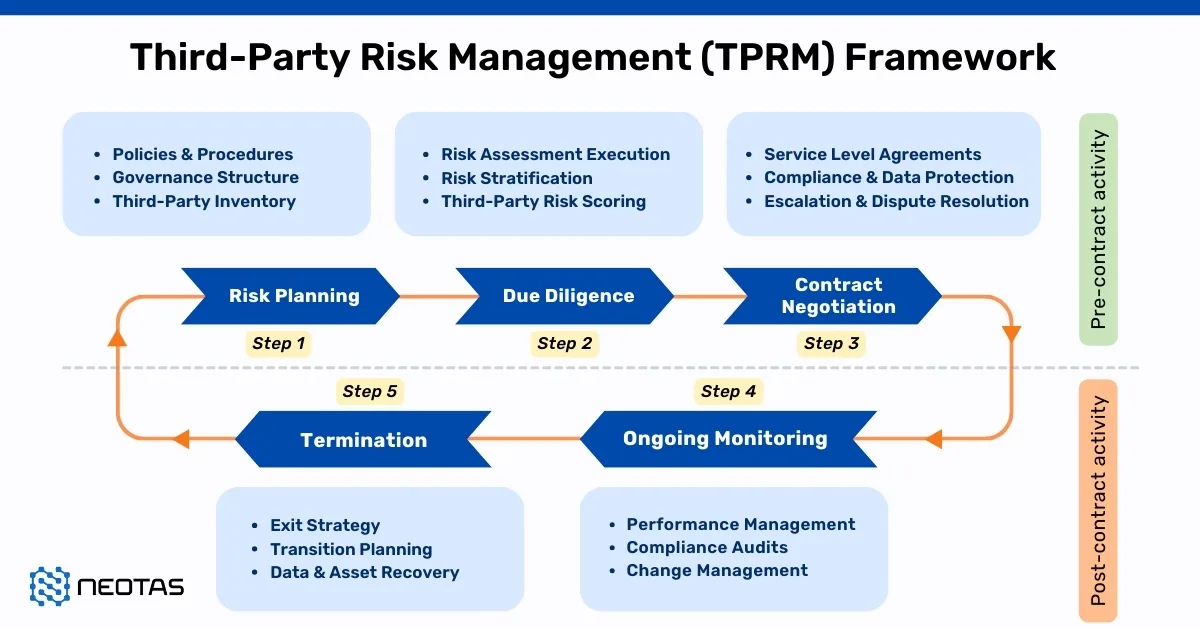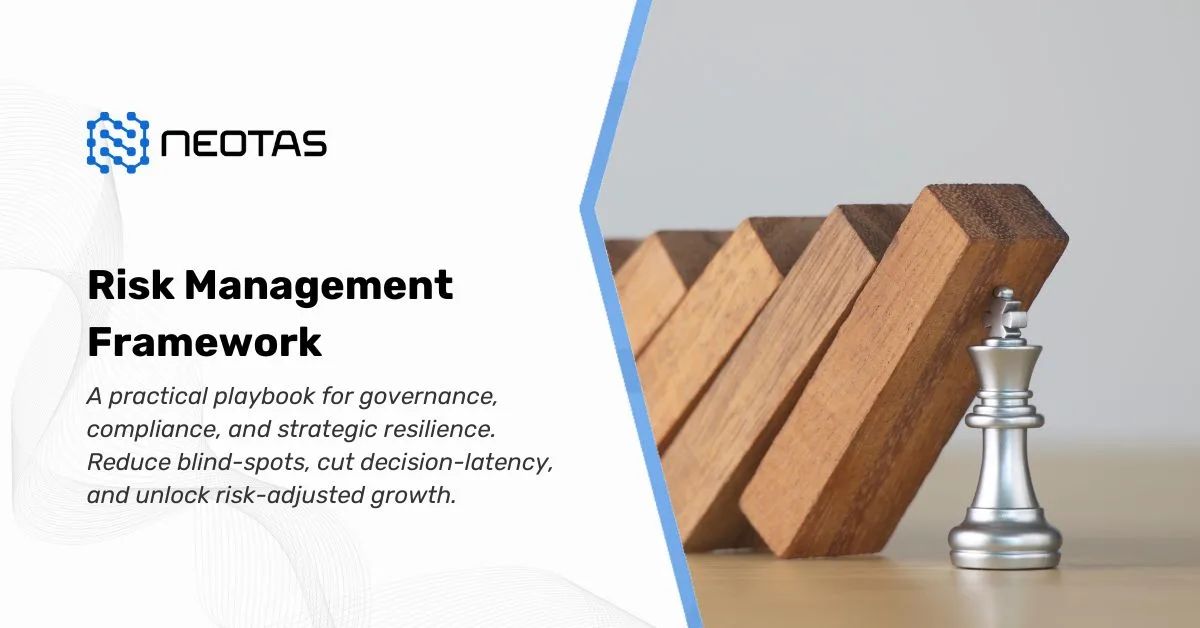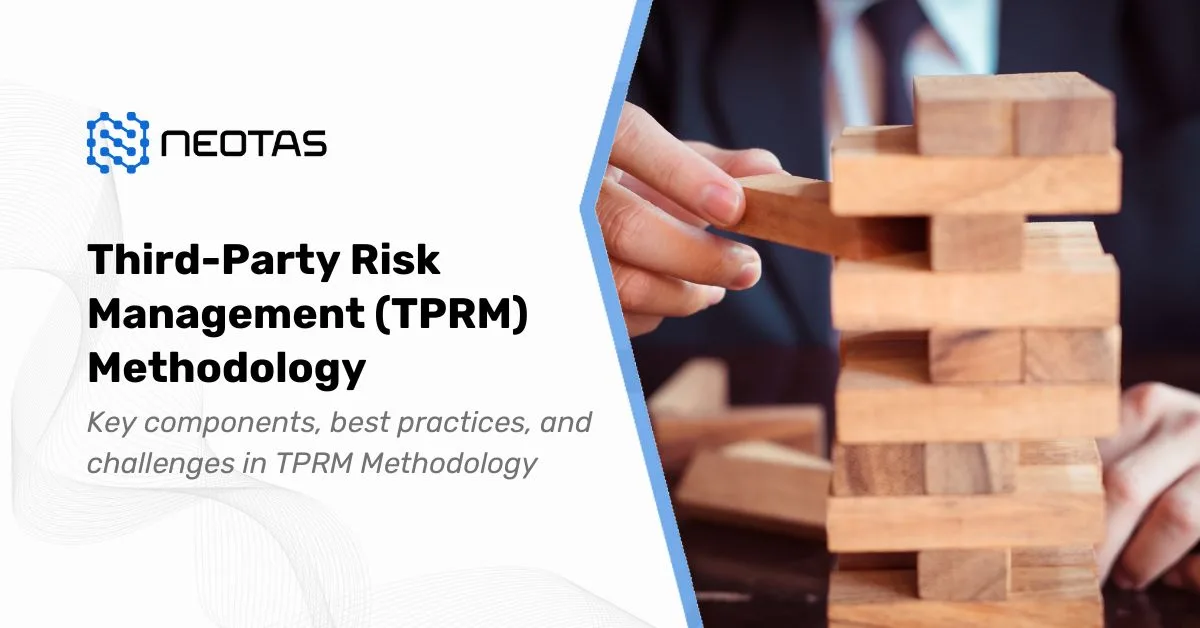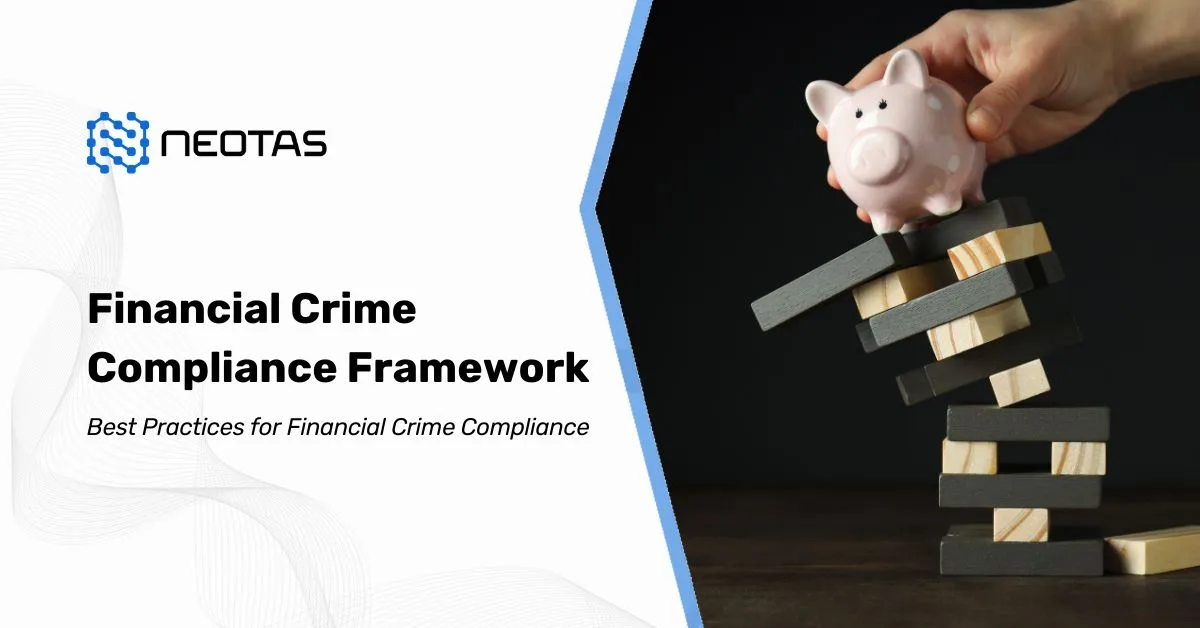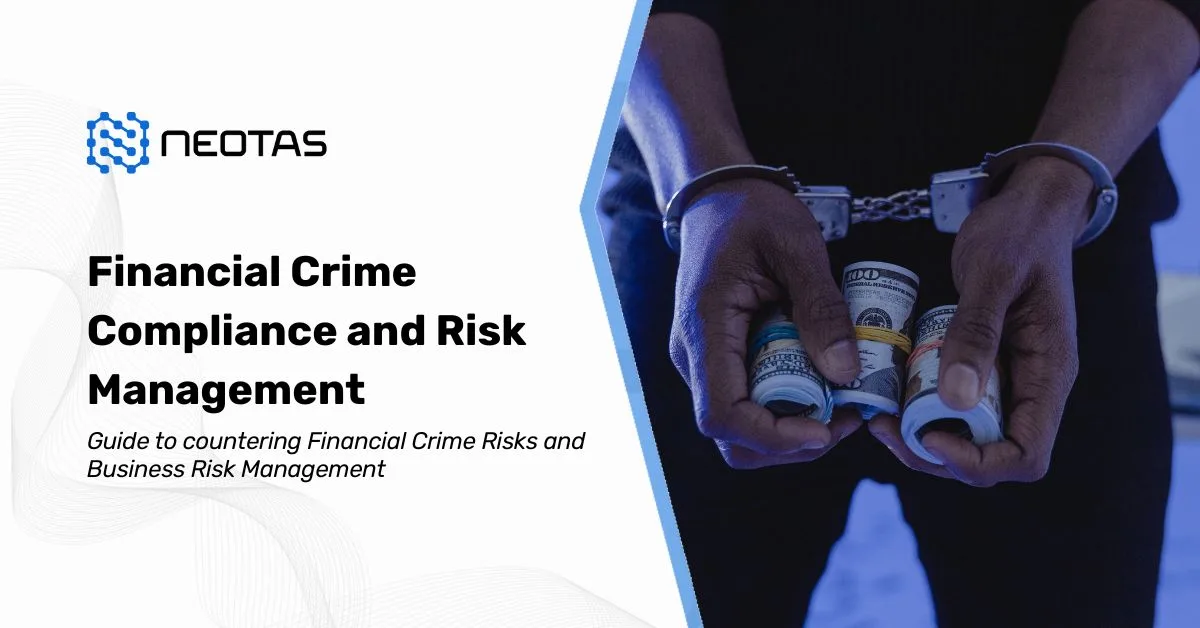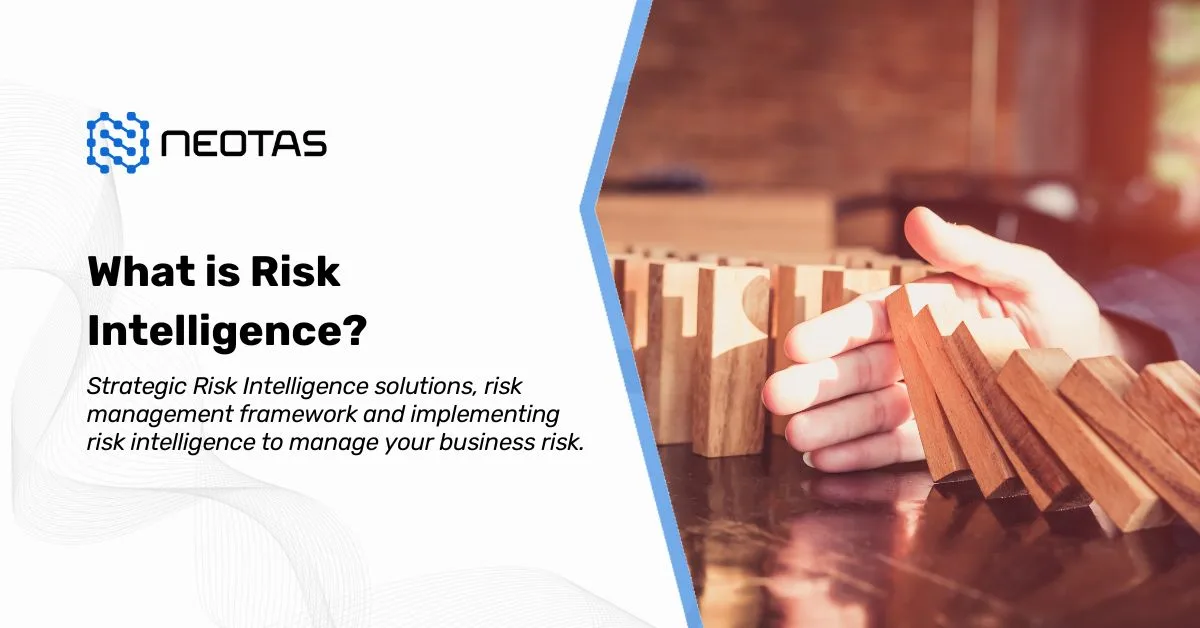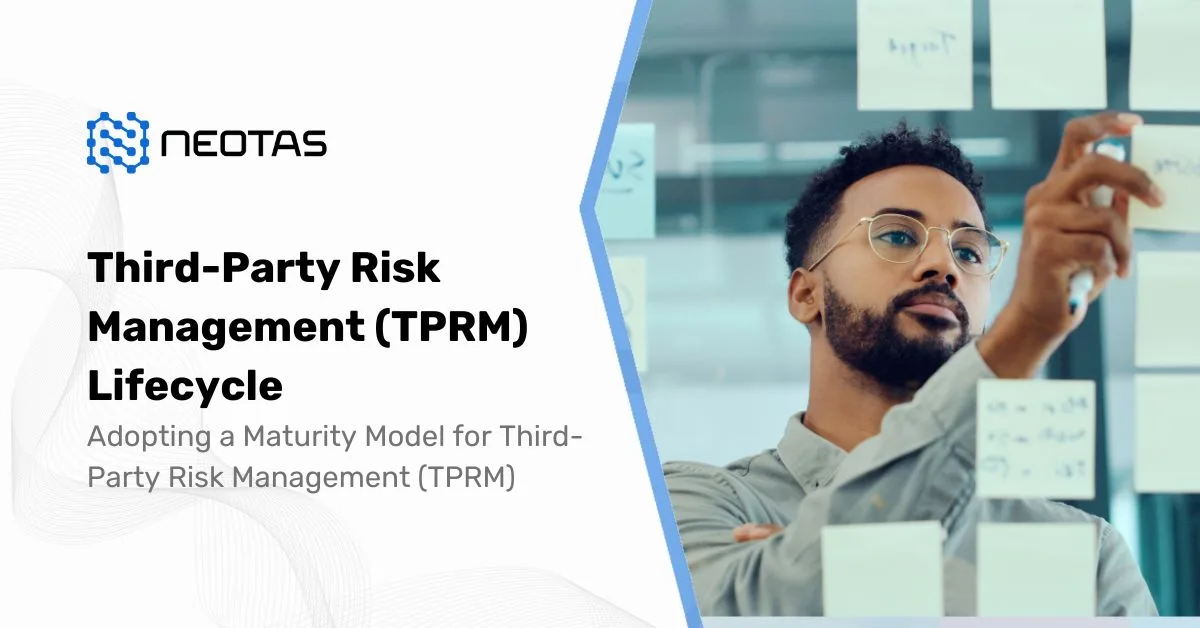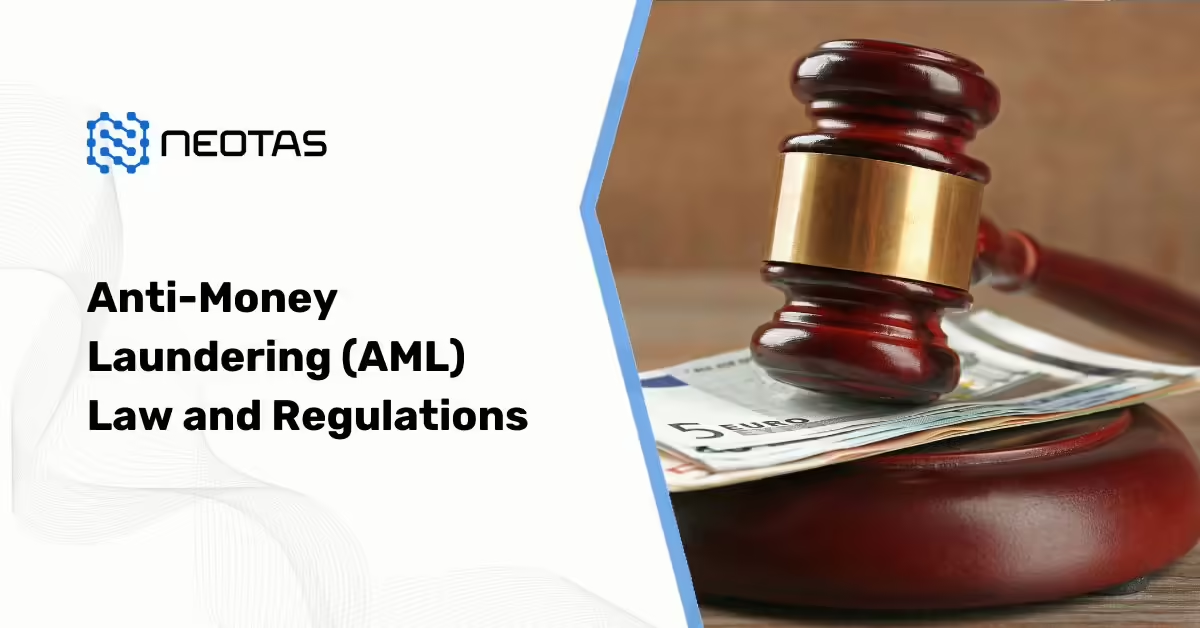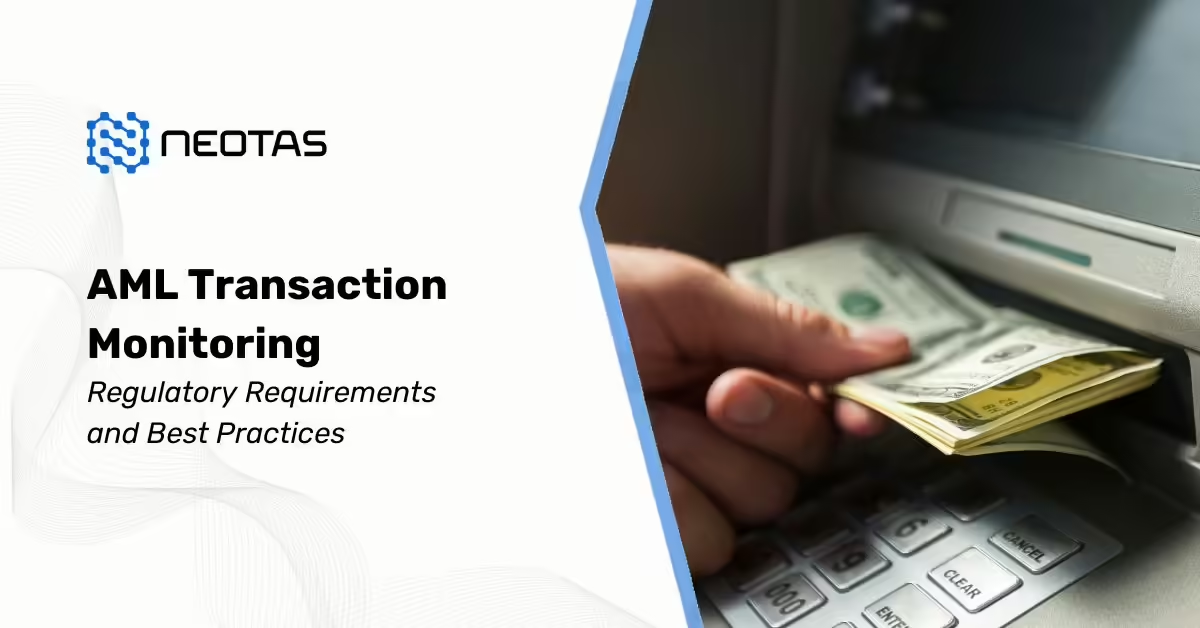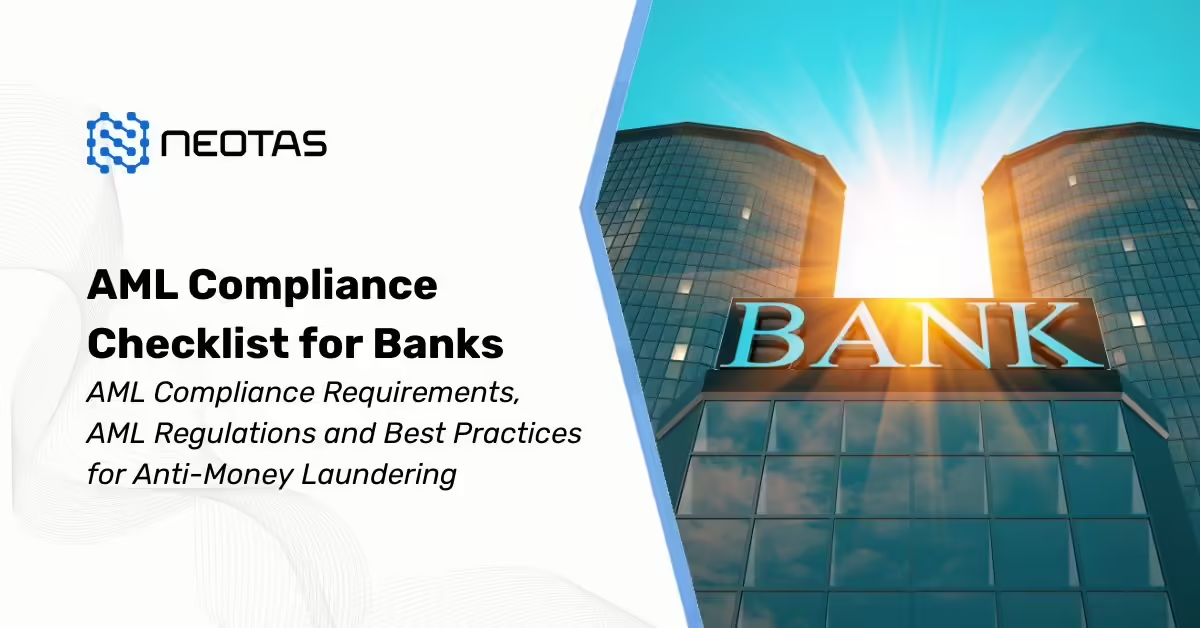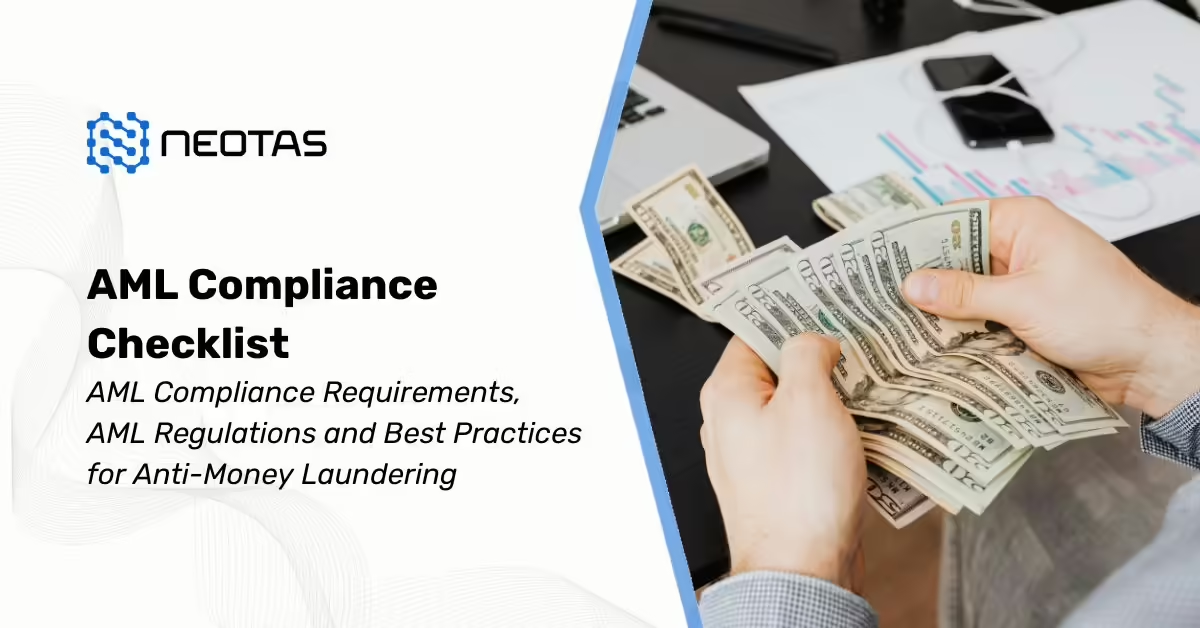Supply Chain Transparency using OSINT
A Practical Guide to Modern Risk Detection and Compliance
What Is Supply Chain Transparency?
Supply chain transparency is the practice of systematically disclosing and tracking information about every actor, activity, and material across all tiers of a company’s supply chain. It involves not only visibility into direct suppliers (Tier 1) but also a clear understanding of sub-tier suppliers (Tiers 2, 3, and beyond), their business practices, sourcing origins, ethical and legal standing, and compliance behaviour.
Transparency differs from visibility. While visibility is internal and operational (knowing who your suppliers are), transparency is outward-facing and verified (being able to prove your supply chain meets ethical, environmental, legal, and operational standards).
Why Transparency Matters in Today’s Global Supply Chains
Modern supply chains are complex, extended across continents, and often opaque. As businesses scale globally and rely more heavily on third parties, several challenges arise:
- Ethical Sourcing: Governments, customers, and investors demand proof that suppliers are not involved in forced labour, child exploitation, or unsafe working conditions.
- Cybersecurity Risk: A single vulnerable vendor can become the entry point for malware, ransomware, or data breaches.
- Regulatory Pressure: Laws like the UK Modern Slavery Act, US Uyghur Forced Labor Prevention Act, and EU Corporate Sustainability Due Diligence Directive demand proactive supply chain monitoring.
- Reputational Risk: Any scandal involving a supplier can impact brand trust, share price, and market access.
- ESG Expectations: ESG disclosures now often require traceability, carbon footprint verification, and assurance of sustainable practices.
In this context, transparency becomes a competitive advantage and a risk mitigation imperative.
How OSINT Improves Supply Chain Visibility
Open-Source Intelligence (OSINT) refers to the practice of gathering intelligence from publicly available sources. When applied to supply chains, OSINT enables:
- Identification of suppliers beyond what’s disclosed in ERP systems or declarations.
- Real-time monitoring of supplier reputations through news articles, blogs, forums, and social platforms.
- Discovery of hidden connections, shell companies, or beneficial ownership links.
- Early detection of sanctions violations, legal cases, or data breaches involving vendors.
By layering OSINT on top of supplier databases, organisations gain a fuller, multidimensional picture of who they’re doing business with.
Key OSINT Capabilities for Transparent Supply Chains
- Supplier Network Mapping
- Uses corporate registries, leaked databases, social graphs, and media to uncover direct and indirect suppliers.
- Maps out relationships between suppliers, intermediaries, beneficial owners, and known risk actors.
- Continuous Reputation Monitoring
- Aggregates adverse media reports, NGO alerts, and whistleblower leaks.
- Flags sudden spikes in social media chatter or negative sentiment about suppliers.
- Sanctions & Compliance Screening
- Searches across global sanctions lists, watchlists, and enforcement actions.
- Highlights suppliers connected to politically exposed persons (PEPs), embargoes, or illicit financing cases.
- Cybersecurity Exposure Alerts
- Scans data breach archives, ransomware leak sites, code repositories, and threat intelligence sources.
- Flags exposed credentials, vulnerabilities, and compromised endpoints associated with vendors.
- Automated Intelligence Feeds
- Set up thresholds and triggers to monitor high-risk suppliers continuously.
- Enables proactive risk mitigation and compliance alerts in real-time.
Common Supply Chain Risks Detected Using OSINT
| Risk Type | OSINT Signal Sources |
|---|---|
| Cybersecurity | Leaked credentials, breach disclosures, forums |
| Modern Slavery | NGO reports, court filings, investigative media |
| Sanctions Violation | OFAC, UN, EU listings, corporate registry ties |
| Environmental Impact | Local news, community reports, satellite data |
| Legal/Financial Risk | Litigation databases, negative press, reviews |
| Corruption/Conflict | Public tenders, board overlaps, leaked emails |
Tools and Techniques: How OSINT Works in Practice
Common OSINT Methods in Supply Chain Due Diligence:
- Link Analysis: Identifies relationships between suppliers, beneficial owners, and intermediaries.
- IT Infrastructure Exposure Scanning: Detects unsecured systems and endpoints within vendor networks.
- Automated Risk Indicator Scanning: Flags anomalies across news, forums, and compliance feeds.
- Advanced Search Techniques: Uses refined search operators to uncover hidden or indexed information.
- Dark Web Intelligence: Gathers leaked or illicit information about vendors from unindexed web spaces.
Techniques Used:
- Entity Resolution across corporate disclosures, media, and registry data
- Sentiment & Content Analysis using Natural Language Processing
- Multilingual Intelligence Pipelines for global supplier ecosystems
- Cross-Web Scraping across surface, deep, and dark layers to identify emerging risk signals
Implementation Strategy: Embedding OSINT in Supply Chain Management
Define Risk Appetite & Scope
- Prioritise categories: e.g. electronics, apparel, pharma
- Focus on geographies with known risks or weak regulation
Tiered Supplier Mapping
- Go beyond tier 1 by tracing logistics, ingredients, components
- Identify 3rd-party contractors and joint ventures
Integrate in Procurement Workflows
- Use OSINT checks during onboarding, contract renewal, and audits
- Trigger deeper reviews when risk thresholds are met
Automate with Policy Hooks
- Link to ESG scorecards, internal audit flags, and compliance case workflows
Enable Cross-Functional Oversight
- Create shared dashboards for procurement, legal, ESG, and CISO teams
Advanced Technologies for Enhanced Transparency
- AI & Machine Learning: Classify risk levels, detect anomalies, and summarise threat narratives in local languages.
- Multilingual Monitoring at Scale: Breaks English-language bias by scraping content in regional languages across Asia, Africa, and Latin America.
- Blockchain Integration: Use tools like OpenSC to verify sourcing paths, while OSINT validates trustworthiness of suppliers’ blockchain claims.
Challenges, Limitations, and Ethical Considerations
- False Positives: High volume of data can generate noise without proper filtering.
- Verification: Not all data is accurate or up to date; triangulation is needed.
- Privacy & Legality: Compliance with GDPR, CCPA, and data localisation laws is essential.
- Bias in Data Sources: Media narratives may be politically skewed or manipulated.
Measuring Transparency: KPIs and Governance
- Key Performance Indicators (KPIs):
- % of suppliers mapped beyond Tier 1
- Number of critical risk alerts identified and mitigated
- Supplier remediation response time
- Number of ethical violations prevented
- Governance Principles:
- Maintain documentation trails for each OSINT-based alert
- Implement audit logs of actions taken
- Include board-level oversight and compliance sign-off
Final Thoughts: Building an OSINT-Driven Transparent Supply Chain
Supply chain transparency is no longer a CSR buzzword; it is a core business imperative. Regulators, investors, and customers expect proof that your supply chain is ethical, resilient, and risk-aware.
By integrating OSINT into your risk management and procurement workflows, you gain:
- Proactive detection of hidden risks
- Faster incident response and remediation
- Credible ESG reporting and audit readiness
The time to act is now. Start with a high-risk supplier category, deploy a pilot OSINT toolkit, and expand coverage systematically. The future belongs to transparent, intelligence-driven supply chains.
Read more:



